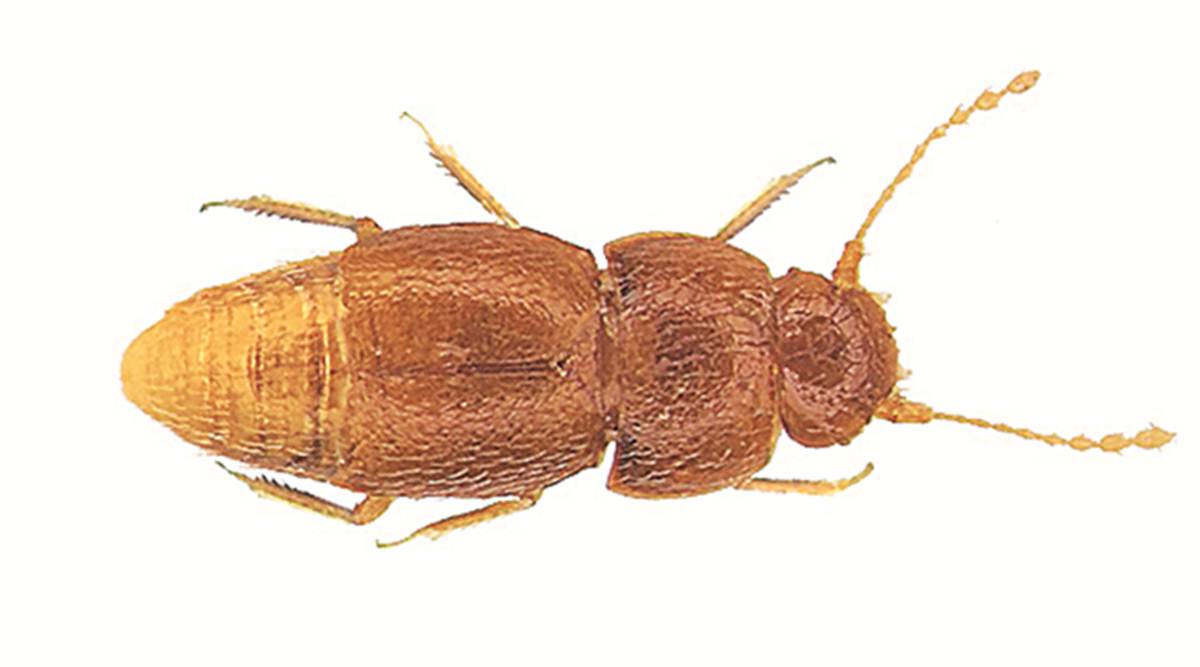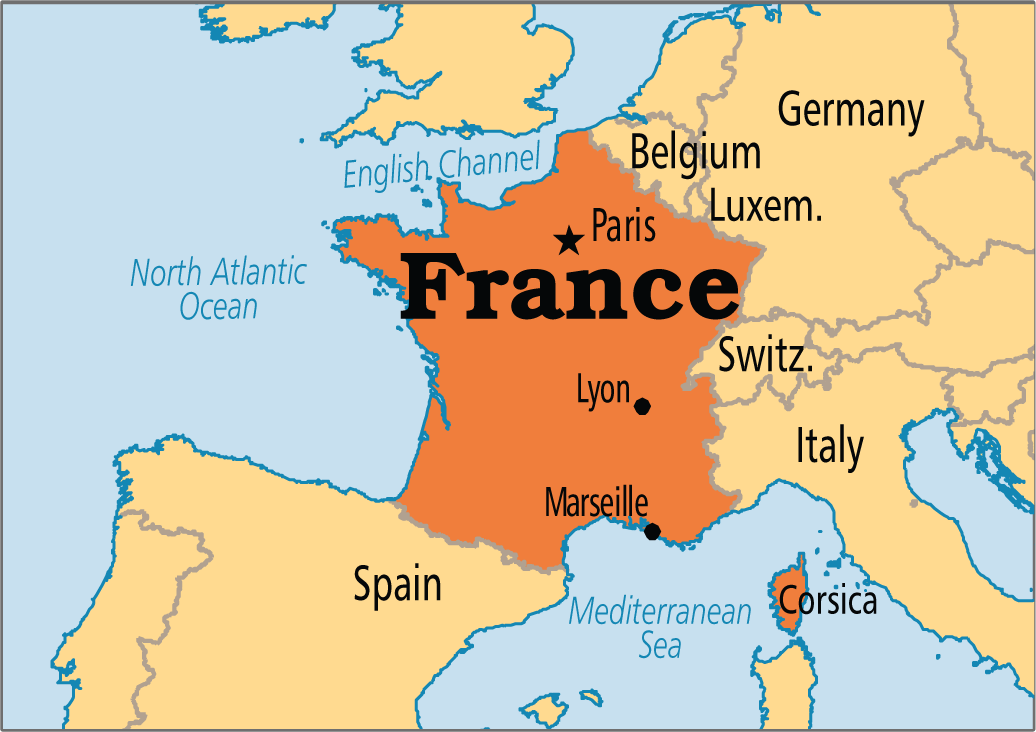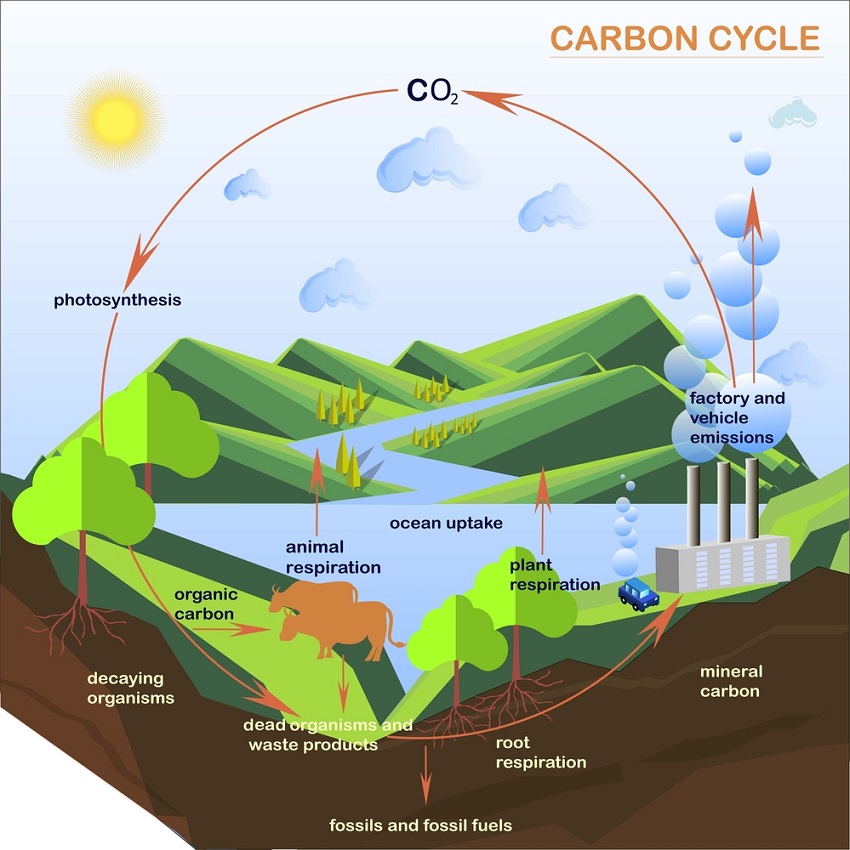Indian Polity
Postal Ballot Facilities for Absentee Voters
The Election Commission of India has recently made efforts to ensure that the electors who are unable to come to polling booth/ absentee voters are facilitated in every way to ensure their wider participation in the electoral process.
- Such absentee voters include:
- Persons with Disabilities (PwD),
- Senior citizens,
- Persons employed in essential services e.g., railways, state transport and aviation etc.,
- There are two aspects of this issue viz., the creation of requisite infrastructure and suitable legal framework to facilitate the process.
Steps Taken to Ensure Wider Participation
- On the legal front, the Commission made a recommendation to the Union Government (Ministry of Law and Justice) on 2nd September, 2019 following which the Government amended the Representation of the People’s Act, 1951 (RP Act), and the Conduct of Election Rules, 1961.
- Salient features of these amendments are as follows:
- A concept of ‘absentee voter’ has been introduced and defined for the elections;
- ‘Absentee voter’ means a person belonging to such class of persons as may be notified, under clause (c) of section 60 of the RP Act, 1951 and who is employed in essential services as mentioned in the said notification, and includes an elector belonging to the class of senior citizens or persons with disabilities;
- ‘person with disability’ means a person flagged as person with disability in the database for the electoral roll;
- ‘senior citizen’ means an elector belonging to the class of absentee voters and is above 80 years of age;
- These two categories of voters – ‘senior citizen’ and ‘PwD electors’ can vote either as absentee voter or as a regular voter on the poll day.
- ‘Absentee voter’ means a person belonging to such class of persons as may be notified, under clause (c) of section 60 of the RP Act, 1951 and who is employed in essential services as mentioned in the said notification, and includes an elector belonging to the class of senior citizens or persons with disabilities;
- A concept of ‘absentee voter’ has been introduced and defined for the elections;
- The Commission is also taking a number of steps including personal contact under its SVEEP initiatives to make the electors aware of this new facility so that such electors can exercise their voting right in the manner they intend to do.
- Systematic Voters’ Education and Electoral Participation program (SVEEP), is the flagship program of the Election Commission of India for voter education, spreading voter awareness and promoting voter literacy in India.
Representation of the People Act, 1951
- This act provides for the actual conduct of elections in India. It deals with the following matters :
- Details like Qualification and Disqualification of members of both the Houses of Parliament and the State Legislatures,
- Administrative machinery for conducting elections,
- Registration of Political parties,
- Conduct of Elections,
- Election Disputes,
- Corrupt practices & Electoral offences, &
- By-elections.
Governance
Extending RTE Act up to Class 12
The Ministry of Human Resource Development (MHRD) has tweaked the draft National Education Policy (NEP) to dilute the provision on extending the Right to Education (RTE) Act up to Class 12 and also include three years of early childhood education.
- The existing NEP was framed in 1986 and revised in 1992.
- The draft NEP was submitted by a group of experts, led by former ISRO chief K Kasturirangan, to the MHRD in June, and uploaded online for public feedback.
Key Points
- The final NEP has tweaked the suggestion in the draft policy on starting a National Tutors Programme (NTP) and Remedial Instructional Aides Programme (RIAP). Both were meant to strengthen basic reading and mathematics skills.
Note: The 2018 ASER Report showed that more than half of Class VIII students cannot correctly solve a numerical division problem and more than a quarter of them cannot read a primary-level text.
| Issues | Draft NEP | Final NEP |
| NTP and RIAP |
|
|
| Institutional System for Higher Education |
|
|
| Deadlines for Affiliation |
|
|
6 Point Roadmap for Implementation
The MHRD has also laid down a six-point roadmap for its implementation and decided to conduct a comprehensive review of the implementation status in 2030.
- The intent and the spirit of the policy must serve as the most important consideration
- Implementation in a phased manner: It is important to implement the policy initiatives in a phased manner, as each policy point has several steps, each of which requires the previous step to be implemented successfully.
- Prioritisation will be important in ensuring optimal sequencing of policy points -and that the most critical and urgent actions are taken up first - thereby enabling a strong base
- Full-fledged implementation: As the policy is interconnected and holistic, only a full-fledged implementation and not a "piece meal" one, will ensure that the desired objectives are achieved.
- Timely infusion of requisite resources - human, infrastructural, and financial - at the central and state levels will be key for the satisfactory execution of the policy.
- Since education is a concurrent subject, it will need careful planning, joint monitoring, and collaborative implementation between the Centre and states.
- Careful analysis and review of the linkages between multiple parallel implementation steps will be necessary in order to ensure effective dovetailing of all initiatives.
Indian Economy
Share Swap Ratio
At least seven of the 10 public sector banks slated for merger have invited independent experts to determine their share swap ratios.
- When a company pays for acquisition by issuing its own shares to the shareholders of the target company, this is known as a share swap. The number of shares to be issued in lieu of their existing holdings in the target company is called the Share Swap Ratio.
- It is determined by valuing the target company after looking into metrics such as its revenues and profits, as well as its market price.
- If the target company is listed, the market value of its shares is often a key consideration to arrive at the right price to be paid.
- A swap ratio also brings to light many aspects of Mergers and acquisitions transaction between the two companies.
- Firstly, it shows the relative size and strength of both companies. In general, if more shares of the target company are exchanged for one share in the acquiring company, then the latter is likely to be bigger and stronger.
- Secondly, it determines the control that each set of shareholders has on the combined company. For example, the acquiring company may have greater control over the firm if the swap ratio is high and, therefore, its Board of Directors could have a larger share in the new Board.
Objective
- Confidence to Investors: A swap ratio's rationale is to give the same amount of confidence to investors even after the merger or acquisition goes through.
- Maintain Equilibrium: The swap ratio is kept reasonable to maintain an equilibrium between the investors of both companies. No merger or acquisition should result in an unfair transfer of wealth from one group to another, so the swap ratio is calculated after taking into account many financial factors of both companies.
Advantages
- Lower Risks: As shareholders of the target company will also be shareholders of the merged entity, the risks and benefits of the expected synergy from the merger is shared by both the parties.
- Non Taxable: In case of a share swap, when shareholders of the acquired company are given shares of the acquirer company as part of the deal, it is not considered a transfer of shares. Hence, capital gains tax will not arise.
- The tax liability will arise only when the shares of the merged entity are sold.
Biodiversity & Environment
Mountain Streams Emits Carbon Dioxide
Recently the Scientists have reported the findings of the first large-scale study of the carbon dioxide emissions from mountain streams, and their role in global carbon fluxes.
- Although, mountains cover 25% of the Earth’s surface, but the streams make up just 5% of the global surface area of the fluvial networks.
- This research shows how important it is to include mountain streams in assessments of the global carbon cycle.
- So far, scientists had focused mainly on streams and rivers in low-altitude tropical and boreal regions.
- The scientists collected environmental data from the streams draining the world’s main mountain ranges.
- They specifically focused on their hydrologic and geomorphologic properties as well as the soil organic carbon content within the catchments.
- They used these data to develop a model to estimate the natural CO2 emissions from more than 1.8 million mountain streams worldwide.
Findings of the Study
- Researchers found that these streams have a higher average CO2 emission rate per square meter than streams at lower altitudes, due to the additional turbulence caused as water flows down the mountain slopes.
- They likely account for 10% to 30% of CO2 emissions from these networks.
- The gas exchange velocities across the air-water interface in mountain streams occurs 100 times faster than previously thought.
- The findings seem to indicate that the CO2 comes from geological sources, given that carbonate rock dominates geology in numerous regions around the world.
- These rocks were formed from "skeletal" components of marine microorganisms that lived millions of years ago when Earth was largely covered by oceans.
Importance
- It is known for a number of years that freshwater ecosystems emit roughly the same amount of CO2 that the oceans absorb, but the studies were never done on the role of the mountain streams for the global CO2 fluxes.
- The latest findings will open up new research avenues, that will help to better understand where all that CO2 comes from and how a more accurate assessments of the global carbon cycle can be made.
- The findings mark an important step forward but numerous uncertainties still persist.
- It will require long-term monitoring of carbon fluxes in mountain streams to understand how climate change affects their biogeochemistry.
Global Carbon Cycle
- It refers to the exchanges of carbon within and between four major reservoirs: the atmosphere, the oceans, land, and fossil fuels.
- Carbon may be transferred from one reservoir to another in seconds (e.g., the fixation of atmospheric CO2 into sugar through photosynthesis) or over millennia (e.g., the accumulation of fossil carbon (coal, oil, gas) through deposition of organic matter.
Governance
Bihar to Sell Kashmiri Apples
Bihar government has taken an initiative to help traders and farmers by selling Kashmiri apples through Biscomaun (Bihar State Cooperative Marketing Union Limited) and NAFED (National Agricultural Cooperative Marketing Federation Limited) at lower prices than the market.
Cooperatives
- According to International Labour Organisation (ILO), a cooperative is an autonomous association of persons united voluntarily to meet their common economic, social and cultural needs and aspirations through a jointly owned and democratically controlled enterprise.
- Cooperative Societies is a State Subject (Entry 32 of List II of the Seventh Schedule to the Constitution, i.e. State List).
History
- The cooperative movement in India owes its origin to agriculture and allied sectors.
- Initially, they were meant to meet the credit needs of people in rural and urban areas but after Independence cooperatives expanded to all walks of economic life.
- The 97th Constitutional Amendment Act of 2011 gave a constitutional status and protection to cooperative societies. In this context, it made the following three changes in the Constitution:
- It made the right to form cooperative societies a fundamental right (Article 19).
- It included a new Directive Principle of State Policy on promotion of cooperative societies (Article 43-B).
- It added a new Part IX-B in the Constitution which is entitled as “The Cooperative Societies” (Articles 243-ZH to 243-ZT).
Importance
- The Cooperative sector has a big role to play in doubling agriculture exports (from present US $ 30 billion to US$ 60 billion) by 2022 as envisaged in the Agriculture Export Policy 2018.
- 94% of the Indian farmers are members of at least one cooperative institution.
- The spatial spread of the credit-cooperatives have contributed in their own way in moving towards financial inclusion.
- The sector provides agricultural credits and funds where state and private sectors have not been able to do very much.
National Agricultural Cooperative Marketing Federation of India Ltd. (NAFED)
- NAFED is registered under the Multi State Cooperative Societies Act.
- It was setup in 1958 with the objective to promote Cooperative marketing of Agricultural Produce to benefit the farmers.
- Agricultural farmers are the members of the General Body of NAFED, who participate in the decision making process of NAFED.
Important Facts For Prelims
Cyclone Kyarr
Cyclone Kyarr is a tropical cyclone that has intensified west of India in the Northern Indian Ocean’s Arabian Sea as a Category 4 storm with 150 mph winds.
- According to the India Meteorological Department (IMD), Cyclone Kyarr is the first Super Cyclonic storm in the Arabian Sea in the last 12 years.
- It is likely to continue its movement north-west towards Oman coast.
- It has been named by Myanmar.
- This made Kyarr the second most intense tropical cyclone on record in the Northern Indian Ocean’s the Arabian Sea.
- The only stronger storm on record in the Arabian Sea was 2007’s category 5 Tropical Cyclone Gonu.
- According to the National Oceanic and Atmospheric Administration (NOAA), only four other Category 4 or stronger tropical cyclones besides Kyarr have been recorded in the Arabian Sea, since 1998:
- Gonu, 2007 (165 mph winds, the only cat 5 on record in the Arabian Sea)
- Phet, 2010 (145 mph winds)
- Chapala, 2015 (140 mph winds)
- Nilofar, 2014 (130 mph winds).
Important Facts For Prelims
Nelloptodes Gretae
Scientists at the Natural History Museum in London have officially named a tiny species of beetle Nelloptodes gretae. It has been named after the 16-year-old Swedish environmental campaigner Greta Thunberg.
- N. gretae was first found in Kenya in the 1960s which was later donated to the Natural History Museum in London in 1978.
- Biological names comprise two words, one for the genus and the second for the species.
- While the species name gretae derives from Greta, the genus Nelloptodes too is new.
Key Points
- The arthropod, which has no eyes or wings, is less than 1mm long and belongs to the Ptiliidae family, which is made up of some of the world’s smallest beetles.
- Biodiversity loss has led to the faster extinction of the undiscovered species. The naming signifies Greta’s contribution in raising awareness of environmental issues.
- A parasite named after Bob Marley (Gnathia marleyi), a genus of fish called after Richard Dawkins (Dawkinsia), a spider called Spintharus leonardodicaprioi after Leonardo DiCaprio are some other species named after famous personalities.
Important Facts For Prelims
Indo-French Joint Exercise Shakti-2019
'Exercise SHAKTI' is a biennial exercise which is conducted alternately in India and France.The 2019 edition will be conducted from 31 October 2019 to 13 November 2019 in Rajasthan, India.
- The exercise will focus on counter terrorism operations in backdrop of semi-desert terrain. The training will focus primarily on high degree of physical fitness, sharing of drill at tactical level and learning of best practices from each other.
- The exercise aims at enhancing understanding, cooperation and interoperability between the two Armies.
- Defence Exercises between India and France:
- Varuna – Naval exercise
- Garuda – Air exercise
- Shakti – Army exercise
Note:
- Gagan Shakti is conducted by the Indian Air Force to showcase its air dominance over the entire extended area of the Indian Ocean Region. It includes all terrain operations – desert, high altitude, maritime scenarios and special operations – in real time with specific focus on key areas like aerial combat, air to surface combat, paratrooper assault and medical evacuation.
- Garuda Shakti is the joint military exercise between India and Indonesia.
- Mitra Shakti is the joint military exercise between India and Sri Lanka.





